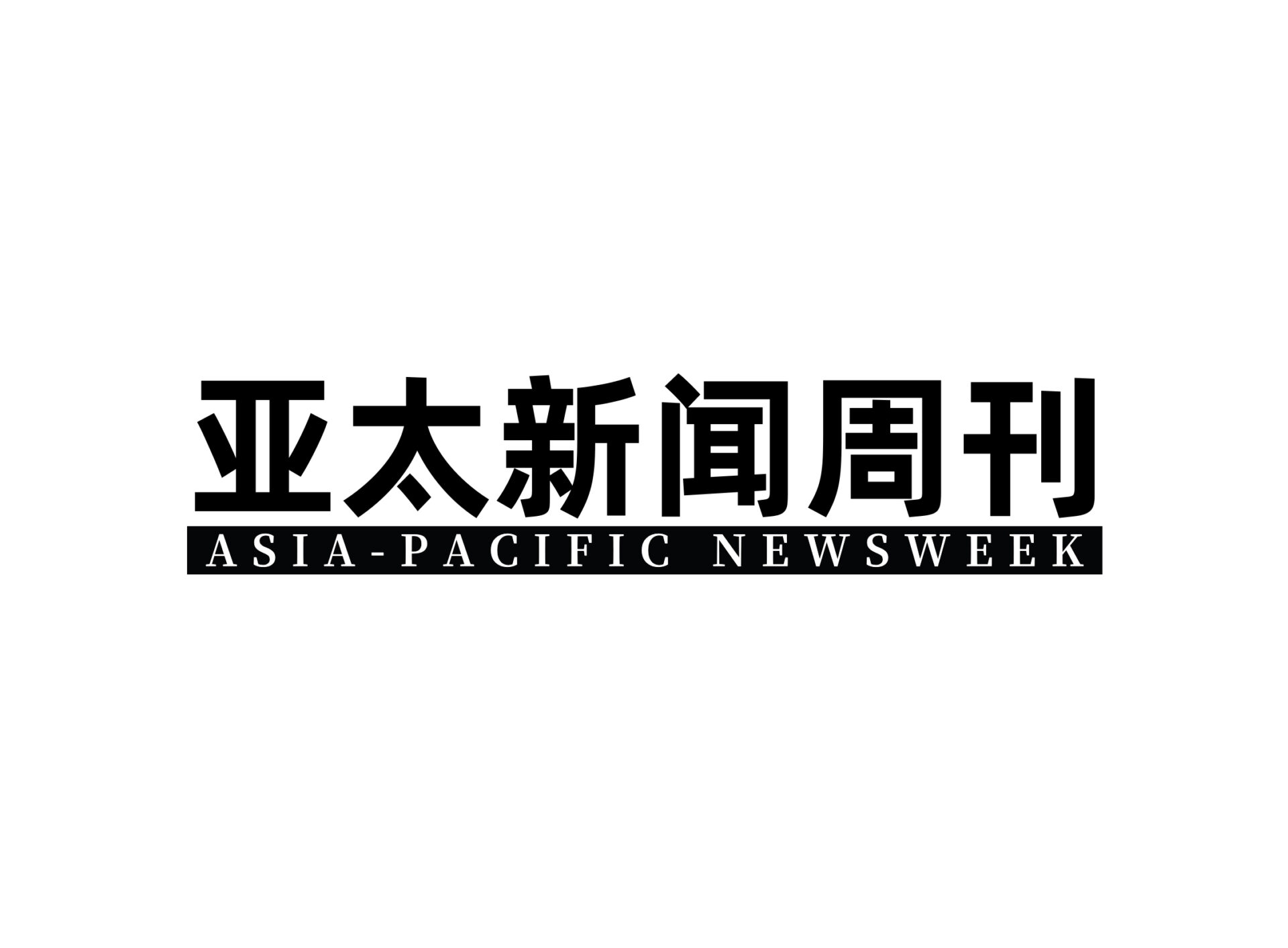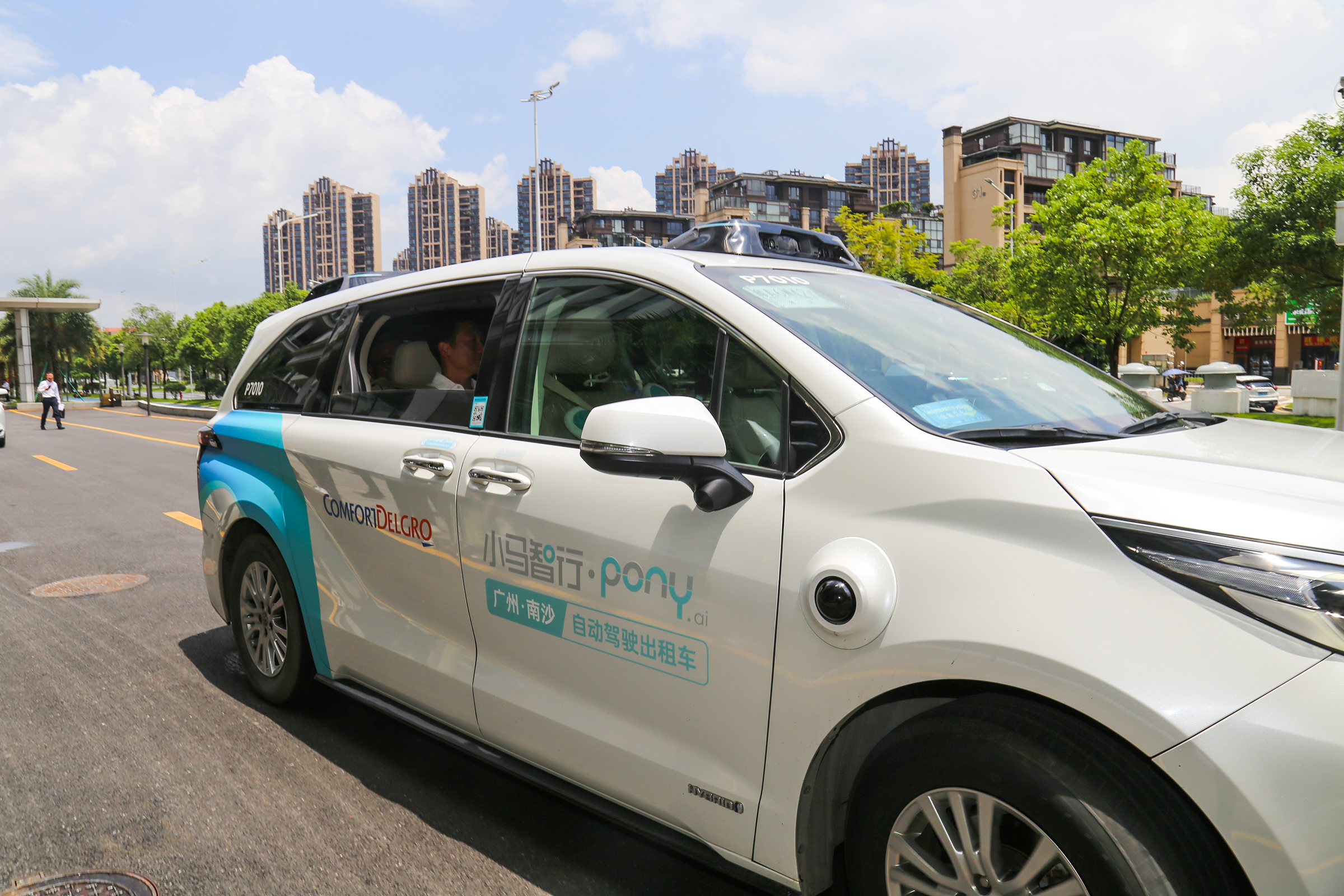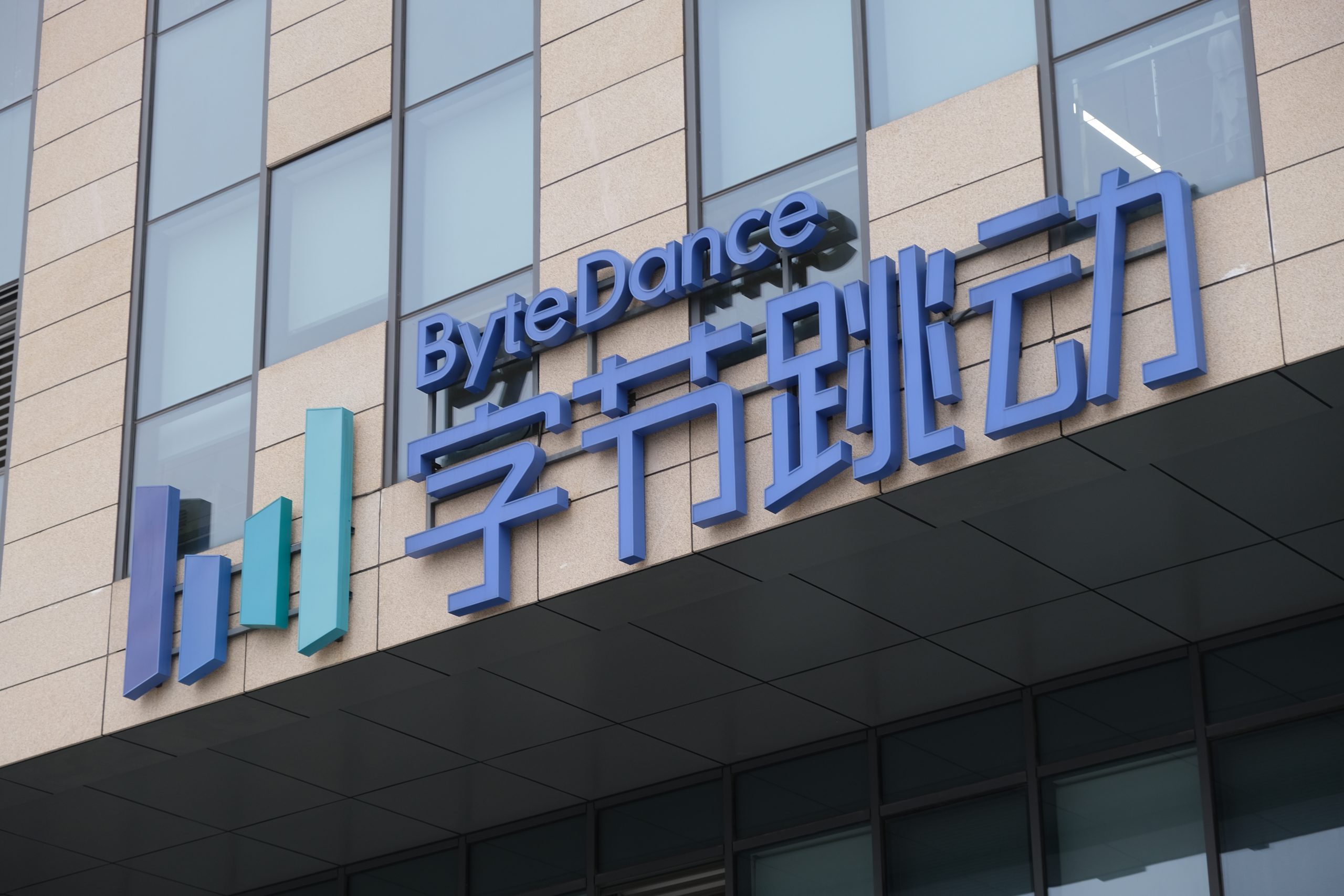One of the strongest earthquakes ever recorded struck Russia’s Far East early Wednesday, sending tsunami waves into Hawaii, the U.S. West Coast and Japan. Several people were injured, none gravely, and no major damage has been reported so far.
The 8.8 magnitude temblor struck off the coast of the Kamchatka Peninsula, an isolated strip along the Pacific Ocean, overnight. Residents of the peninsula fled inland as 16-foot waves caused flooding.
Immediately after the earthquake, Hawaii issued a tsunami warning and evacuation orders. Much of the West Coast, including California, Washington state, and the Canadian province of British Columbia, were placed under a tsunami advisory. Japan also issued an alert and evacuation orders.
By Wednesday morning, many of the warnings had been downgraded: Hawaii’s tsunami warning was lowered to an advisory, and evacuation orders were lifted on the Big Island and Oahu. The West Coast remained under a tsunami advisory Wednesday morning, with a section near the California-Oregon border under a warning. Japan’s Meteorological Agency lowered its alerts to advisories.
Experts warned that the effects of the earthquake may continue through Wednesday.
“A tsunami is not just one wave,” said Dan Snider, the tsunami warning coordinator with the National Tsunami Warning Center in Alaska. “It’s a series of powerful waves over a long period of time. Tsunamis cross the ocean at hundreds of miles an hour — as fast as a jet airplane — in deep water. But when they get close to the shore, they slow down and start to pile up. And that’s where that inundation problem becomes a little bit more possible there.”
“In this case, because of the Earth basically sending out these huge ripples of water across the ocean, they’re going to be moving back and forth for quite a while,” which is why some communities may feel effects longer, he said.
Hawaii sees minor flooding and small waves
The Pacific Tsunami Warning Center, which lifted the Hawaii warning, had forecast that the estimated arrival time of the first tsunami waves there would be 7:17 p.m. Tuesday local time (1:17 a.m. Wednesday ET). Officials urged people to move inland and shelters were opened in many parts of Hawaii. Hawaii Gov. Josh Green said that Black Hawk helicopters had been activated and high-water vehicles were on standby in case authorities needed to conduct rescue operations.
So far no damage has been recorded, but it will take two to three hours of observation before authorities will be able to determine whether the event has passed, Green said.
Green said data from Midway Atoll, a small island between Japan and Hawaii, measured waves that were about 6 feet from peak to trough. He warned that waves hitting Hawaii could be bigger or smaller.
Cars jammed streets and highways in Honolulu, even in areas away from the shore, as people tried to evacuate. Jimmy Markowski, who was visiting Honolulu’s Waikiki Beach, said that the roads on the island were packed.
The PTSC said the Hilo, Hawaii, gauge recorded a tsunami height of 4.9 feet relative to normal sea levels and the Kahului, Maui, gauge recorded a tsunami height of 4 feet.
At around 10 p.m. local time, Pacific Tsunami Warning Center director Chip McCreery said wave heights appeared to have peaked.
West Coast feels some effects
The Oregon Department of Emergency Management said on Facebook at around 3 a.m. local time that small tsunami waves were expected along the coast and urged people to stay away from beaches, harbors and marinas and to remain in a safe location away from the coast until the advisory is lifted.
“This is not a major tsunami, but dangerous currents and strong waves may pose a risk to those near the water,” the department said.
The National Weather Service said on X that tsunami waves arrived in Monterey around 12:48 a.m. PT. Other cities along the California coast reported small to moderate-sized tsunami waves. A video shared by the National Weather Service Bay Area showed boats bobbing up and down in a harbor as they were rocked by small tsunami waves.
The National Weather Service in Eureka, California, said around 4 a.m. local time that Crescent City had seen tsunami waves of about 3.5 feet, with activity building as the region approached a minor high tide. High tide could lead to more flooding. Crescent City has seen dozens of tsunamis since the 1930s, including a 1964 event that killed 11 people and destroyed hundreds of buildings.
The National Weather Service Bay Area warned that even if the waves are small, they can cause “seriously dangerous” currents. The first waves also may not be the highest, the agency said, warning people to avoid coastal areas until told it’s safe.
On Alaska’s Aleutian Islands, officials recorded waves up to 1.4 feet above tide levels.
Kamchatka sees flooding, volcanic activity
The quake was centered about 74 miles east-southeast of the Russian city of Petropavlovsk-Kamchatsky, which has a population of 180,000. Multiple aftershocks as strong as 6.9 magnitude followed and experts predict aftershocks of up to 7.5 for at least a month, according to the Russian News agency TASS.
The temblor appeared to be the strongest anywhere in the world since the 9.0 magnitude earthquake off northeastern Japan in March 2011 that caused a massive tsunami that set off meltdowns at a nuclear power plant. Only a few stronger earthquakes have ever been measured around the world.
Earlier this month, five powerful quakes — the largest with a magnitude of 7.4 — struck in the sea near Kamchatka. The largest was at a depth of 12.4 miles and was 89 miles east of the city of Petropavlovsk-Kamchatsky.
The Kremlin said regional authorities on Kamchatka were well prepared for the quake. Kremlin spokesman Dmitry Peskov noted that the warnings were issued timely and people were quickly evacuated from dangerous areas. He added that the buildings proved resilient to shocks.
A video released by a Russian media outlet showed a team of doctors at a cancer clinic on Kamchatka holding a patient and clutching medical equipment as the quake rocked an operating room, before continuing with surgery after the shaking stopped. Officials said the doctors will receive decorations.
Tsunami heights of about 9 to 13 feet were recorded in Kamchatka. Severokurilsk Mayor Alexander Ovsyannikov said the port in the city was flooded by tsunami waves, washing fishing boats into the sea. He said no major damage was recorded. Authorities on the Kamchatka peninsula lifted the tsunami warning for the area, some 11 hours after the quake hit. Russian authorities said several people were injured, without giving a figure. The risk of aftershocks and waves remains, officials said.
On Wednesday, lava began to flow from Klyuchevskaya Sopka, the largest active volcano in the northern hemisphere. The 15,584-foot volcano, located in the east of Kamchatka, last erupted in 2023. Observers heard explosions and saw streams of lava on the volcano’s western slopes, the Kamchatka branch of the Russian Academy of Sciences’ geophysical service said.
Scientists have anticipated an eruption, with the volcano’s crater filling with lava for several weeks and the mountain spitting out plumes of ash.
Sometimes described as the “land of fire and ice,” Kamchatka is one of the most active volcanic regions in the world. It has about 300 volcanoes, of which 29 are active, according to NASA Earth Observatory.
Earthquake sparks international response
The quake had a preliminary magnitude of 8.0, Japanese and U.S. seismologists said. The U.S. Geological Survey later updated its strength to 8.8 magnitude and a depth of 13 miles.
People went to evacuation centers in affected areas of Japan, with memories fresh of the 2011 earthquake and tsunami that caused reactor meltdowns at a nuclear power plant. The tsunami alert disrupted transportation, with ferries, trains and airports in the affected area suspending or delaying some operations.
Waves of about 2 feet were recorded on Japan’s northern island of Hokkaido, and at least one person was injured.
Japan’s Fire and Disaster Management Agency said nearly 2 million residents are now under evacuation advisories in more than 220 municipalities along the Pacific coast as of midday Wednesday. Japan’s Chief Cabinet Secretary Yoshimasa Hayashi said waves could remain high for at least one day, and he urged evacuees to take precautions and stay well hydrated in the summer heat. He told evacuees they might not be able to return home by the end of the day on Wednesday.
No abnormalities in operations at Japan’s nuclear plants were reported on Wednesday. The operator of the Fukushima Daiichi plant, heavily damaged by the 2011 tsunami, said about 4,000 workers are taking shelter on higher ground at the plant complex while monitoring remotely to ensure safety.
China’s Ministry of Natural Resources’ Tsunami Warning Center issued an alert for parts of the country’s east coast along Shanghai and Zhejiang provinces. The warning forecasted that waves could reach between one to three feet. The provinces are already under an alert as Typhoon CoMay is expected to land in the Zhejiang province on Wednesday.
Some tiny and low-lying Pacific island chains are among the world’s most imperiled by tsunamis and rising seas due to climate change. People were urged to stay away from coastlines until any wave surges passed late Wednesday in Fiji, Samoa, Tonga, Federated States of Micronesia and Solomon Islands. Philippine authorities advised people to stay away from the beach and coastal areas.
“It may not be the largest of waves, but these can continue for hours and expose people swimming in the waters to danger,” Teresito Bacolcol of the Philippine Institute of Volcanology and Seismology told The Associated Press.
Elsewhere, a tsunami of under a foot was forecast to hit parts of Vancouver Island, British Columbia. Mexico’s navy warned that tsunami waves will start reaching the northern coast in Ensenada, near California, at around 02:22 a.m. Wednesday local time, and waves could progress along the Pacific coast to Chiapas state, around 07:15 a.m. local time.
In Chile, tsunami warnings were upgraded to their highest level on Wednesday morning. The alert covers most of the nation’s 4,000-mile Pacific coastline. The country’s Education Ministry also canceled classes along much of the coast.
New Zealand authorities warned of “strong and unusual currents and unpredictable surges” along all coastlines of the South Pacific island nation. The emergency management agency said people should move out of the water, off beaches and away from harbors, marinas, rivers and estuaries.
How are tsunami probabilities categorized?
There are four levels of tsunami alerts: warning, advisory, watch and information statement, according to the National Weather Service.
A tsunami warning is the most severe. It means residents should take action due to a coming tsunami that may cause widespread flooding.
A tsunami advisory means there’s the potential for “strong currents or waves dangerous to those in or very near the water,” according to the NWS.
A tsunami watch advises those to be prepared because a distant earthquake has occurred and a tsunami is possible.
The lowest level of alert is a tsunami information statement from the NWS, which advises people to “relax” since an earthquake has occurred, but there is no threat or it was very far away.







